Description
A horse riding helmet is one of the most important pieces of safety gear for riders. It protects the rider’s head from serious injury in the event of a fall or impact. Helmets are specifically designed to absorb shock and reduce the risk of head trauma while riding. Here’s a detailed guide on horse riding helmets:
1. Why Wear a Helmet?
- Safety: The primary purpose of a riding helmet is to protect the rider’s head from injury during falls, accidents, or impact with objects. Horseback riding, especially jumping, trail riding, or working with unpredictable horses, carries a significant risk of falls.
- Helmet Standards: Helmets are tested to meet safety standards (ASTM/SEI certification in the U.S. or equivalent in other countries). These certifications ensure that the helmet can withstand impact and provide adequate protection.
2. Types of Horse Riding Helmets:
A. Traditional Riding Helmets:
- Purpose: These helmets are designed for use in general riding, including lessons, hacking, and trail riding.
- Features:
- Rounded shape with a visor to provide shade from the sun.
- Ventilation slots for air circulation and comfort.
- Lightweight with adjustable straps and padding for a secure fit.
B. Dressage Helmets:
- Purpose: Used in dressage competitions where a sleek and polished appearance is required.
- Features:
- Stylish design with a low-profile shape.
- Typically made of high-quality materials like leather or faux leather for an elegant look.
- Black or dark colors to match traditional dressage attire.
C. Show Jumping Helmets:
- Purpose: Designed for use in show jumping competitions and events.
- Features:
- Light and well-ventilated for comfort during intense, fast-paced events.
- Sleek design to maintain a stylish appearance in the show ring.
- Often have advanced safety features due to the higher risk of falls in jumping.
D. Eventing Helmets:
- Purpose: Built for eventing riders who need a helmet that works for cross-country, dressage, and show jumping phases.
- Features:
- Highly durable with added safety features.
- May come with removable or washable liners for convenience.
- Often include more ventilation than standard helmets to keep riders cool during long rides.
E. Skull Caps:
- Purpose: Commonly used in cross-country and eventing due to the high-speed and riskier nature of these disciplines.
- Features:
- No fixed brim, which reduces the risk of the visor impacting the head in the event of a fall.
- Smooth, rounded shape with reinforced protection at the back of the head.
- Typically worn with a helmet cover in different colors or patterns.
F. Western Riding Helmets:
- Purpose: Designed for Western riders and disciplines like barrel racing or trail riding.
- Features:
- More rugged and durable for outdoor riding.
- Some helmets combine traditional Western hat styles with helmet safety features, blending aesthetics with functionality.
3. Helmet Safety Standards:
- ASTM/SEI Certification: In the U.S., helmets must meet ASTM (American Society for Testing and Materials) and SEI (Safety Equipment Institute) standards. This certification ensures that the helmet has undergone rigorous testing for impact absorption, penetration resistance, and retention system effectiveness.
- VG1 Certification: A European safety standard for helmets. Helmets with this certification are widely used in Europe and internationally.
- PAS015: A British standard for riding helmets. Helmets that meet this standard are known for their high level of safety.
4. Helmet Features:
- Ventilation: Most helmets feature vents or airflow channels to keep riders cool during long rides or hot weather. This is particularly important for competitive riders who need to stay comfortable during high-performance activities.
- Adjustable Fit: Many helmets come with adjustable straps or dial-fit systems, allowing the rider to tighten or loosen the helmet for a secure and comfortable fit.
- Removable Liners: Some helmets have removable or washable liners, which help maintain hygiene, especially after hot or sweaty rides.
- Visor: Many helmets come with a built-in visor to protect the rider’s eyes from the sun. Visors are typically short and flexible, but some helmets (like those used for eventing) feature detachable visors.
- Lightweight Materials: High-quality helmets are often made from lightweight, durable materials like polycarbonate or carbon fiber to reduce weight without compromising safety.
- Impact Resistance: The helmet’s design includes a hard outer shell to protect against penetration and an inner layer (typically made of expanded polystyrene) that absorbs shock during impact.
5. Choosing the Right Helmet:
- Fit: A helmet should fit snugly without being too tight or loose. It should sit level on your head, covering your forehead without obstructing your vision. The chin strap should be secure but comfortable.
- To check the fit, the helmet should not wobble or tilt when you shake your head.
- Size: Riding helmets come in various sizes, often measured in inches or centimeters around the circumference of the rider’s head. Some helmets are available in adjustable sizes, while others come in fixed sizes.
- Measure your head just above the eyebrows and around the widest part of the skull to find the right size.
- Safety Certification: Always ensure that the helmet you choose is certified according to your region’s safety standards (ASTM/SEI in the U.S., VG1 in Europe, etc.).
- Style: Depending on the discipline you ride in, you might prefer a certain style of helmet. For example, show riders may want a sleek black helmet to match their competition attire, while eventers or trail riders might prioritize ventilation and durability.
6. Popular Helmet Brands:
- Charles Owen:
- Known for high-quality helmets that combine safety and style.
- Popular models include the Charles Owen Ayr8 and the Pro II Skull Cap, both widely used in competitions.
- Samshield:
- Known for their sleek design and customizable helmets, which offer both luxury and safety.
- Popular in dressage and show jumping for their elegant appearance and superior ventilation.
- Troxel:
- Offers affordable and lightweight helmets, especially popular with beginner and trail riders.
- Known for their schooling helmets and all-purpose designs.
- One K:
- Offers helmets with excellent ventilation, sleek designs, and advanced fit adjustment systems.
- Popular models include the Defender and Avance helmets, widely used in both show and everyday riding.
- Tipperary:
- Well-known for their durable and affordable helmets, especially their eventing and cross-country skull caps.
- The Tipperary Sportage helmet is popular for trail riding and lower-level competitions.
7. Caring for Your Helmet:
- Cleaning: Most helmets have removable liners that can be machine-washed or hand-washed. The helmet’s shell can be wiped clean with a damp cloth, but avoid using harsh chemicals that may damage the material.
- Storage: Store helmets in a cool, dry place and avoid leaving them in direct sunlight or extreme heat, as high temperatures can weaken the protective materials.
- Replacement: Helmets should be replaced after any impact, even if there are no visible signs of damage. Over time, the protective materials inside the helmet degrade, so it’s recommended to replace a helmet every 5-7 years, even if it hasn’t been in an accident.

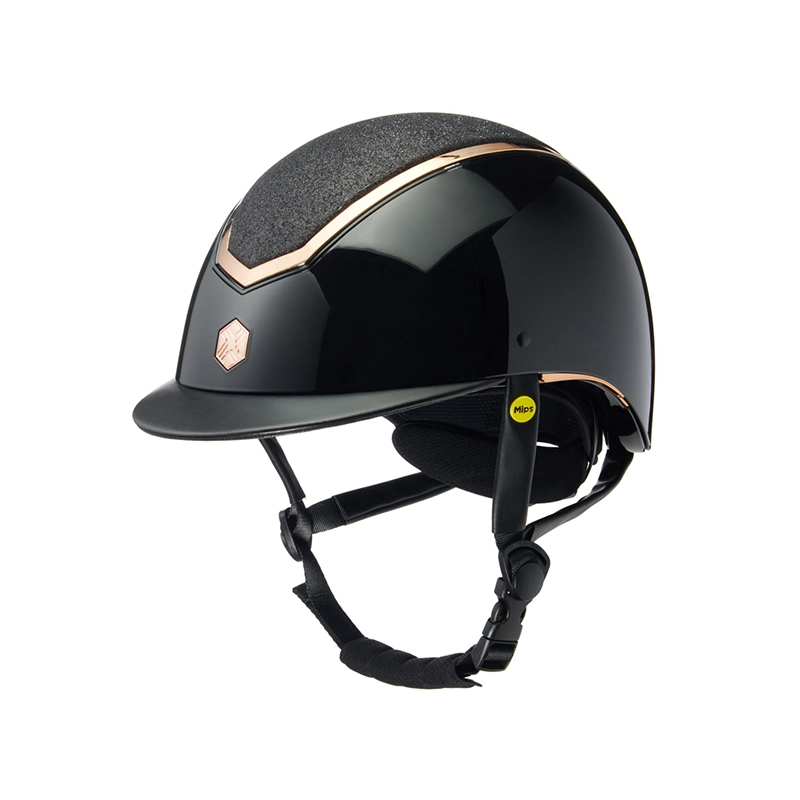
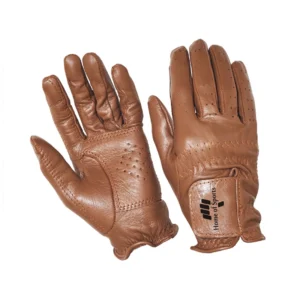
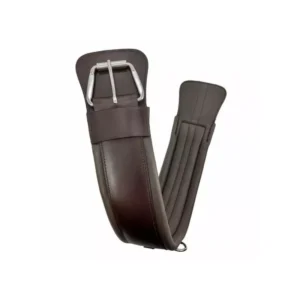
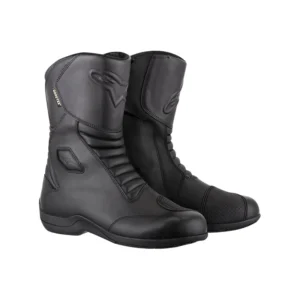

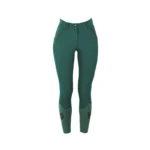
Reviews
There are no reviews yet.